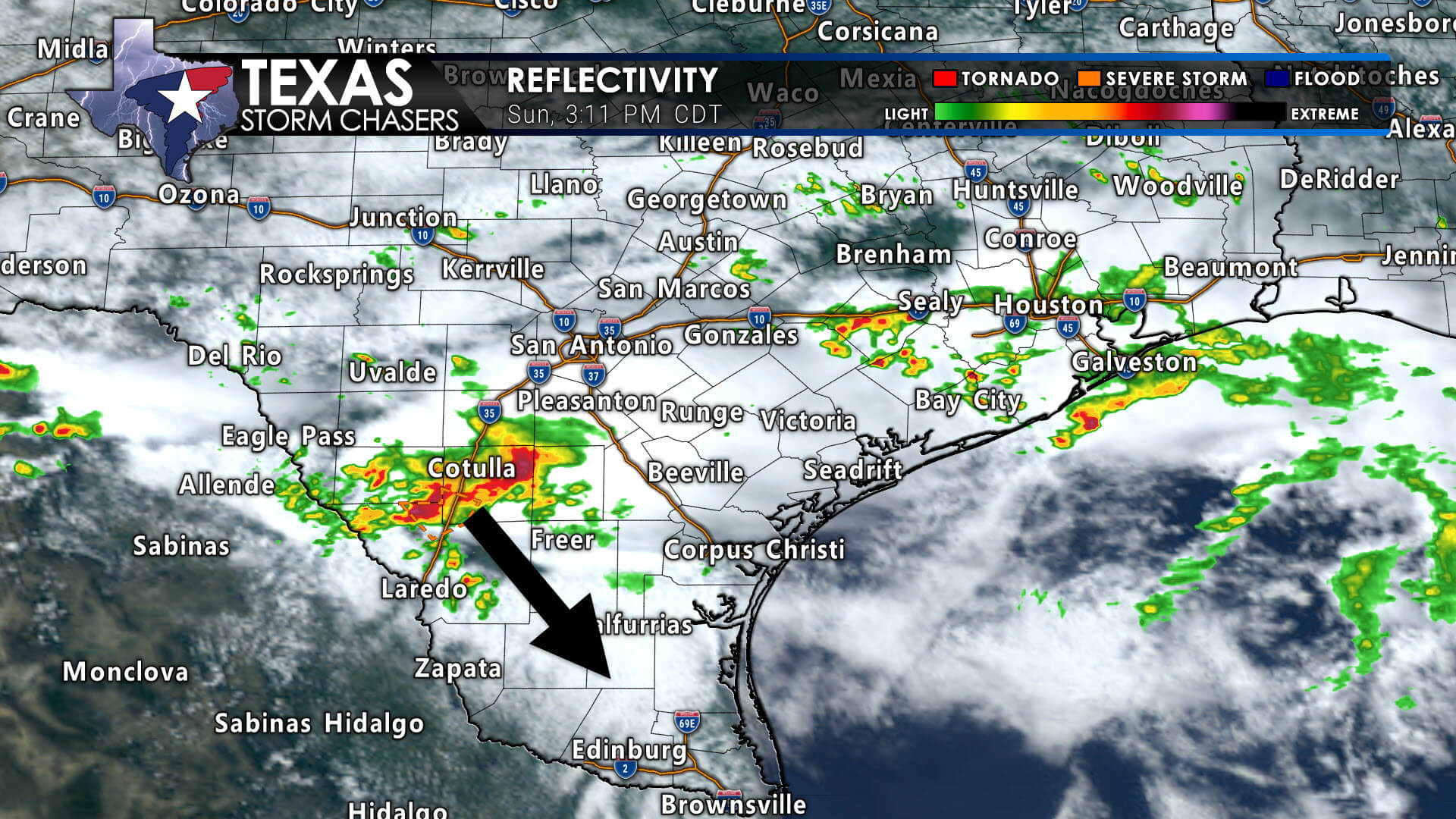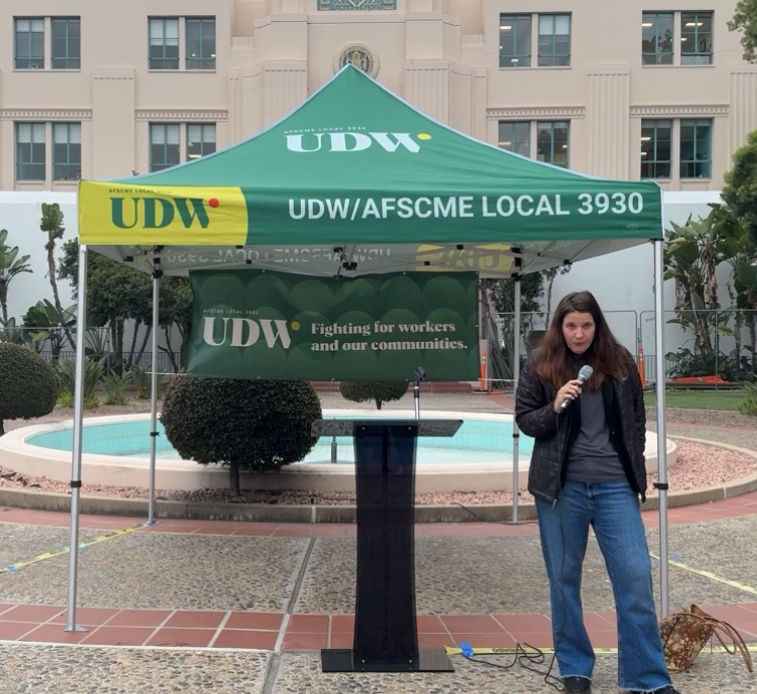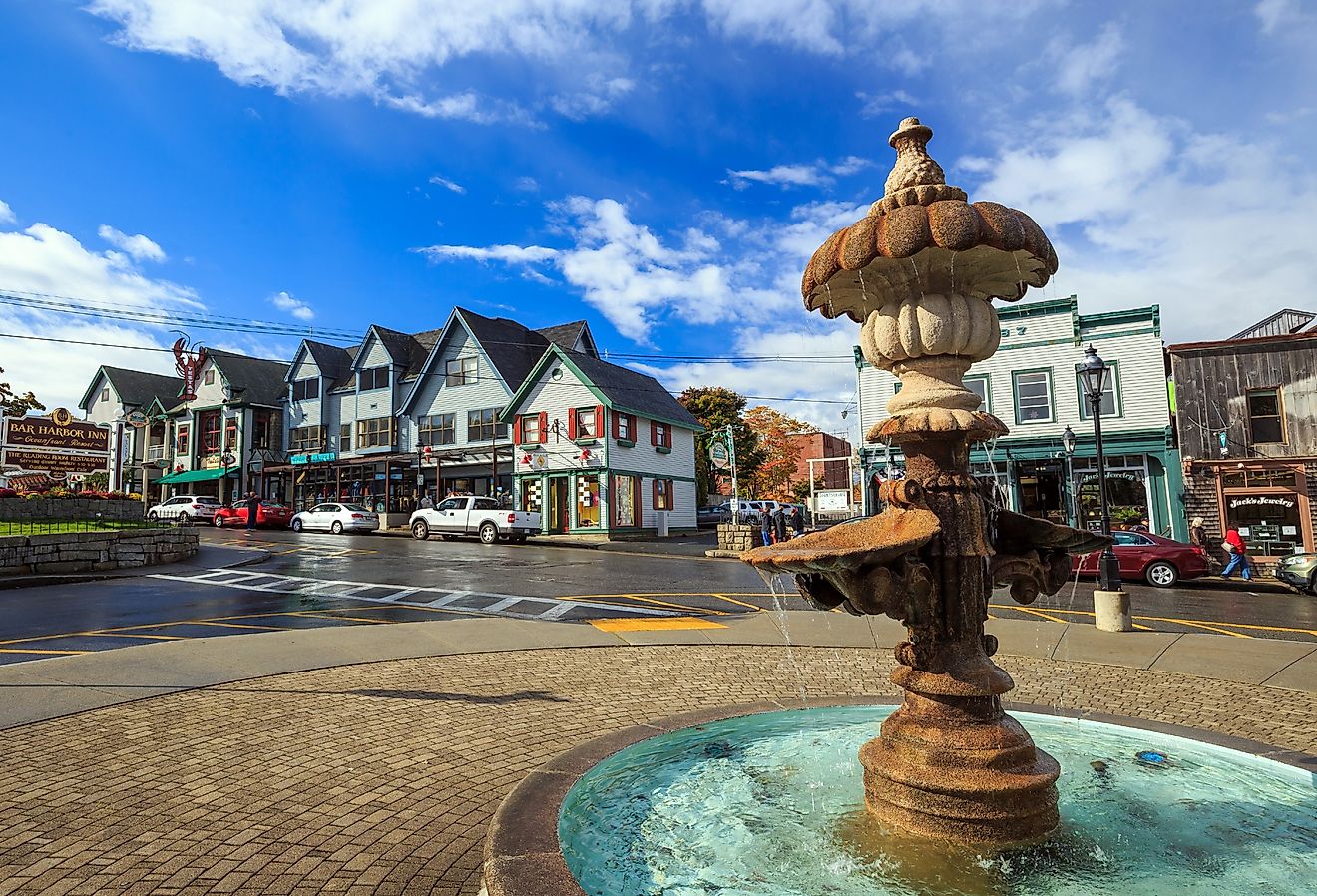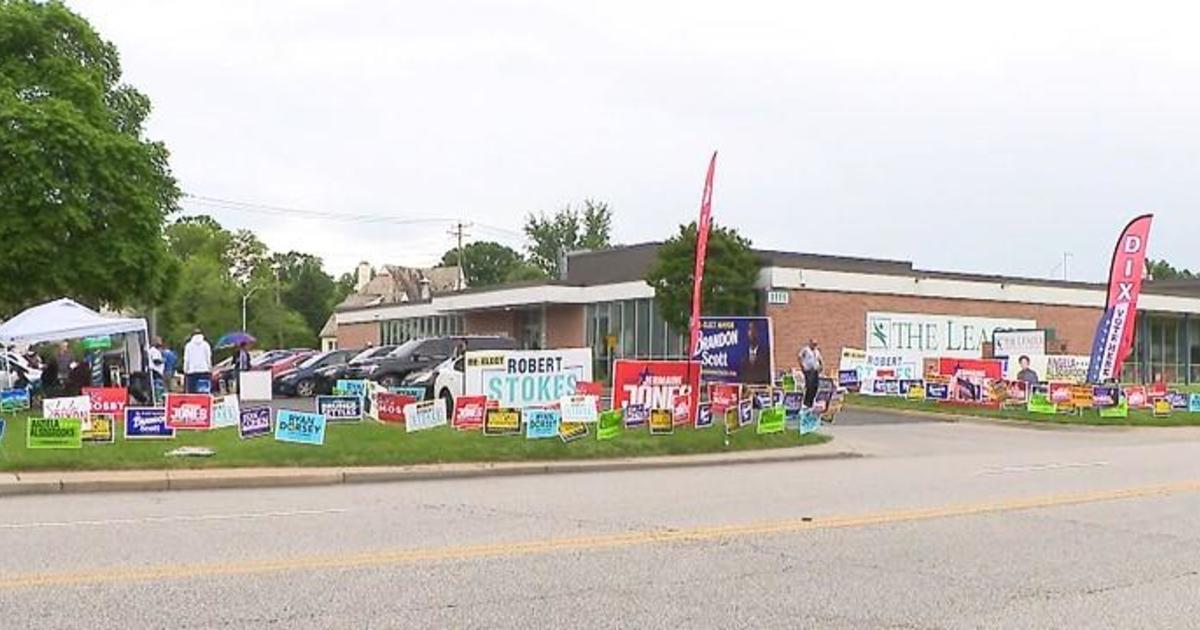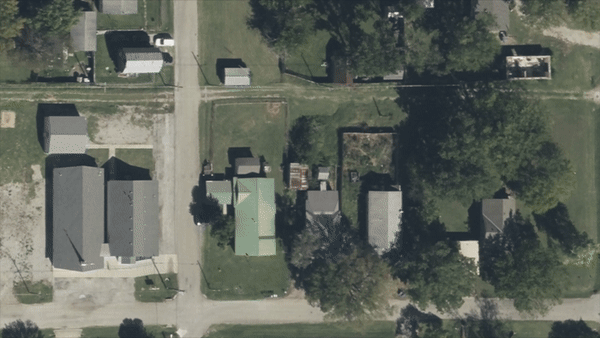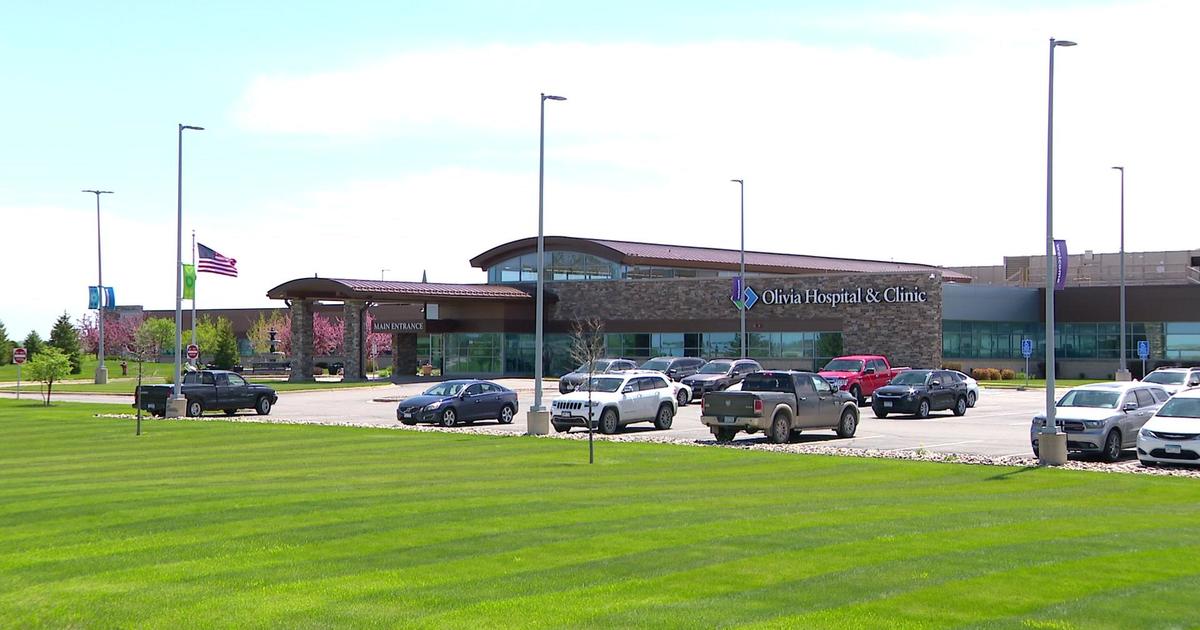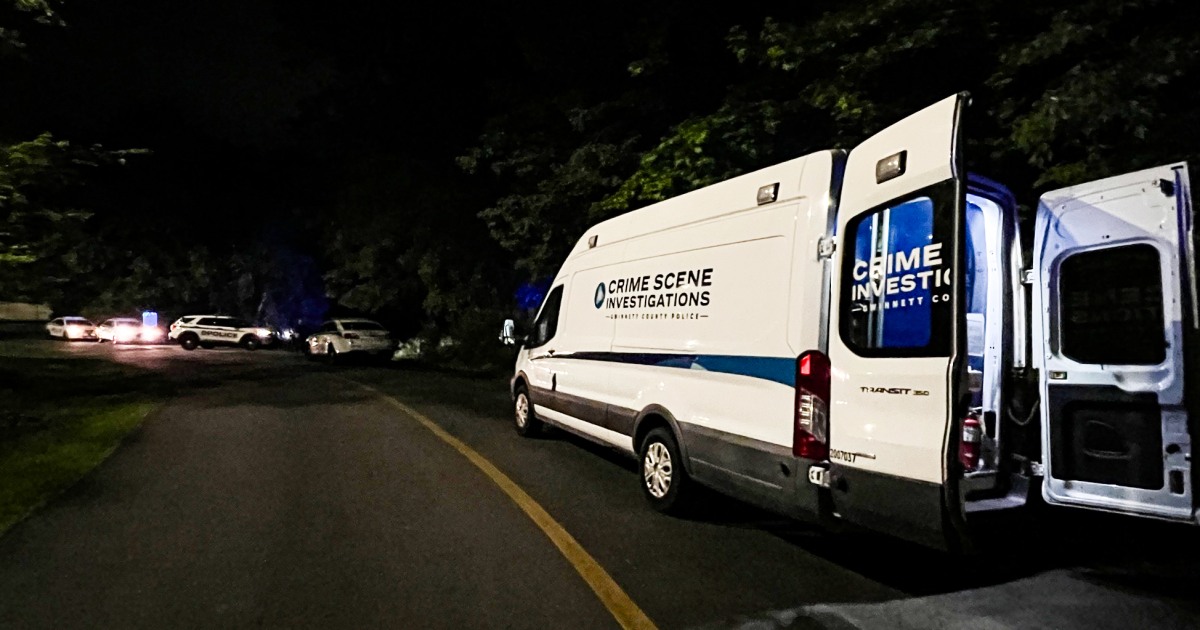SHREVEPORT, La. (Arklatex Today) – National art critic, Lauren Smart explains the importance of art criticism and her role in the upcoming exhibition, Critical Mass 12.
Ahead of Critical Mass 12, northwest Louisiana’s critic-judged art exhibition, Critical Mass manager and art critic, Lauren Smart spoke to ArkLaTex Artistry about northwest Louisiana’s art, Critical Mass 12, the importance of art criticism, and how to become an art critic.
Related>> https://www.arklatextoday12.com/2024/04/18/critical-mass-12-showcases-130-northwest-louisiana-works-art-literary-performances/
Smart’s role in Critical Mass 12 was to pick out the critics for each of the categories, this year the event will only host visual and literary. The critics will judge the entries in those categories and select a winner who will receive five thousand dollars in awards and commissions. She takes on the role of the previous lead critic, Robert Pincus, who resided for many years over the exhibition and selected her during Critical Mass 3.
The critics selected this year are Lucia Simek, visual, and Kendra Greene, literary.
About Lauren Smart:
Lauren Smart has been writing about art for about 15 years in locations throughout the United States, but mostly in her hometown of Dallas, Texas. Now she lives in Los Angeles and teaches journalism, an art criticism class, and ethics and reporting at Loyola Marymount University.
Smart explains that Critical Mass is one of her favorite events to be involved in. Her goal for this year is to think more broadly about what an art critic is.
“I feel like criticism is the first historical record of what’s happening there,” Lauren Smart explains criticism can record art in communities.
Smart says that from a journalistic perspective, art criticism is the first draft of the story that the artists are telling, and putting it to print so we can have it in the future.
“We think of the review as the news, like here’s what happened, here who was there, here are the artists making work that we saw, what was in their art,” Lauren explains how criticism is much like reporting the news. “Then the layer of criticism that is one step beyond reporting in a more traditional sense, here’s what we thought of the art.”
“Some of the best conversations are about creation, art, and stories, and that’s what I really think criticism is, is just another conversation about that art, it comes in a more public way,” Smart explains what criticism is. “But I think for artists that are serious about their art, they want people to come see it.”
What is her opinion of the art in northwest Louisiana?
Smart is asked this question a lot by the critics she’s picking, they always seem surprised the location is Shreveport, not New Orleans.
“No, yea, Shreveport, trust me,” Smart tells them.
If Shreveport struggles in art, it’s because art only evolves if people take it seriously, purchase it, talk about it, and write about it.
“I think the art in northwest Louisiana is as good as anywhere else, and I think that people are operating at a shockingly high level for the smallness of the community,” Lauren says. “And I’ve loved watching artists I’ve met, I’ll see them on a wall in a gallery in Dallas, and I’m like, yes of course!”
Smart explains that there is something specific about the region.
“I’ve been trying to put it to writing, I don’t have the words yet, but there is something specific to the region too,” Smart says.”I think thats what is really cool about getting out of your art bubble, is seeing the regionality in art.”
How to become an art critic?
“Just do it,” says Smart.
This always surprises her students, but this was the same advice that was given to her by a mentor, Mark Lowry.
According to Smart, go to the theatre or gallery as much as you can. Write down what you think about it, try to understand how to categorize it, try to understand it in relation to other things you’ve seen or read about, and just go and write.
“The more you see, the more context you have, the more you can bring to your writing,” says Smart.
Critical Mass 12 is free to view and will on display in Artpace, 710 Texas Street, Shreveport, until June 18. Don’t miss the chance to see the amazing work of talented artists in NWLA.
Copyright 2024 KSLA. All rights reserved.



